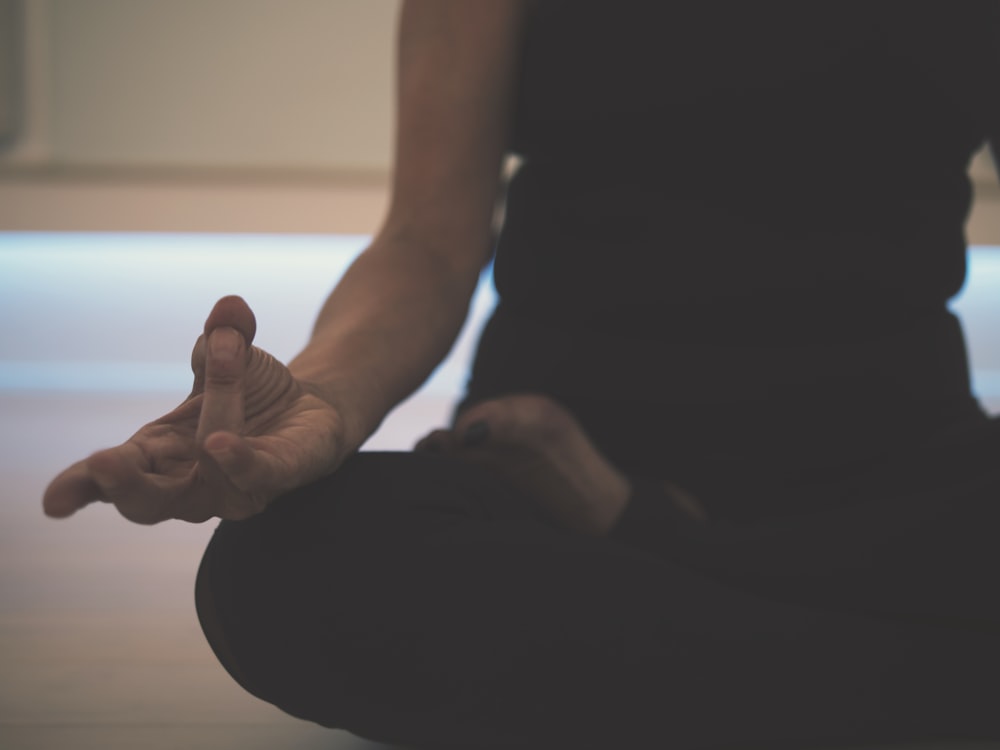Obstructive sleep apnea is a relatively common sleep disorder that can greatly reduce your sleep quality. As you sleep, your airways get blocked off (typically due to the collapse of fatty tissue around the throat). The lack of oxygen eventually triggers your brain to wake you up so you can start breathing again.
While most people fall back asleep almost immediately after waking up, these constant interruptions to sleep (which can occur dozens of times per hour) greatly reduce your sleep quality. Even if you think you got a full night’s rest, you may wake up feeling exhausted the next morning.
If a sleep study reveals that you have obstructive sleep apnea, some key lifestyle changes will go a long way in mitigating your symptoms so you can sleep better and get the rest you need.
1. Start Using a CPAP Machine

A CPAP machine will generally be prescribed after you are diagnosed with sleep apnea. This medical equipment provides a continuous flow of pressurized air throughout the night. The constant airflow keeps your breathing passages from collapsing, essentially eliminating the likelihood of experiencing sleep apnea incidents during the night.
It should be noted that a properly-fitting mask is a vital part of any CPAP setup. A mask that fits comfortably and snugly will prevent air leaks while also reducing the risk for skin irritation. Different mask styles are available to account for your comfort preferences. For example, full face masks are best for those who breathe through their mouth in their sleep. Those who find a bulky face mask to be uncomfortable could use a nasal mask or nasal pillows, which only cover the nose.
2. Exercise
Obesity and sleep apnea are closely connected. When you are overweight, your body tends to accumulate extra fat tissue around the throat, which is more likely to block your airways when you sleep. Because of this, becoming more physically active is a must.
Activities like running or biking can help you reach a healthy weight and eliminate fat around your neck. However, exercise has also been linked to higher-quality sleep, even for people who don’t have sleep apnea. Exercising 30 minutes per day can boost energy levels during the day, while also helping you sleep more soundly at night. A mix of aerobic and anaerobic activities will provide the best health outcomes.
3. Try Sleeping on Your Side
For some people, sleep apnea symptoms are almost entirely linked to their sleep position. You are generally more likely to experience airway blockages when sleeping on your back, simply because of gravity. Gravity pulls fatty tissues against your neck, and can also cause your tongue to fall back against your throat.
Sleeping on your side, or sleeping with your head slightly elevated, can reduce the number of sleep apnea episodes you experience during the night. Obviously, you can’t control your sleep position while you are asleep — many people who go to bed on their sides will roll onto their back during sleep. You can place pillows around you to keep from rolling onto your back. Positional sleep apnea devices are also available, using gentle vibrations to encourage you to roll onto your side while asleep.
4. Cut Out Alcohol & Tobacco
Alcohol and tobacco use can make sleep apnea much worse. Excess alcohol consumption can lead to unhealthy weight gain, while also weakening the breathing muscles in the upper airway. Tobacco can also cause inflammation and irritation of the throat, making it easier for these muscles to collapse during sleep. Alcohol consumption has also been found to reduce sleep quality, particularly if you drink close to bedtime. Try to avoid alcohol and tobacco entirely.
Similarly, opioids, muscle relaxants, and benzodiazepines can worsen sleep apnea by slowing your breathing rate and relaxing the muscles in your throat. Check with your doctor if you need to adjust prescriptions for such medications.
5. Improve Your Nightly Sleep Routine
While this doesn’t necessarily control sleep apnea, making some simple adjustments to your bedtime routine can help you improve your overall sleep quality. A consistent nighttime routine (including following the same bedtime each night) will help your body “learn” when it is time to go to bed. This will help your body start producing the sleep hormone melatonin so you can fall asleep faster.
As part of your nightly routine, consider relaxing activities like a warm bath, meditation, or deep breathing exercises. Avoid electronic devices (especially your smartphone) in the hours before going to bed, as the blue light they emit can suppress your melatonin production. A dark, cool, and quiet bedroom will also make it easier to fall asleep. With good sleep hygiene, you will be able to get more hours of sleep, which will help mitigate other issues that might be further aggravating your sleep apnea.
Get CPAP Equipment at a Great Price From No Insurance Medical Supplies
If you’ve been diagnosed with obstructive sleep apnea, you might be discouraged to see just how expensive CPAP machines can be. Fortunately, No Insurance Medical Supplies can help make your treatment more affordable.
We offer a wide range of CPAP machines, masks, and other accessories from leading brands like ResMed and Fisher and Paykel, all at significantly discounted prices off MSRP. Financing is also available to break your purchase into more affordable monthly payments.
A lack of insurance coverage shouldn’t keep you from getting the medical equipment you need. With quality a CPAP machine and other healthy lifestyle changes, you can take control of your sleep apnea and get the rest you deserve.


